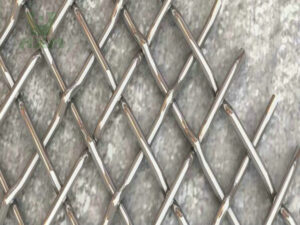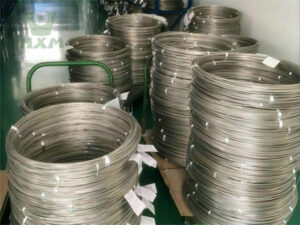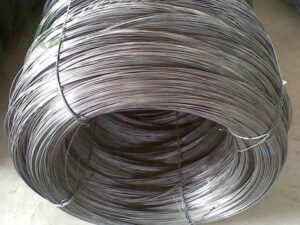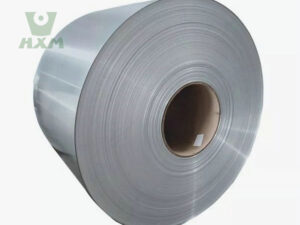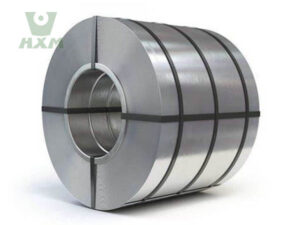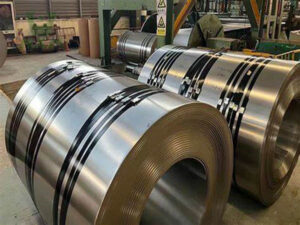Nickel 625 and Inconel 625 are widely recognized nickel-chromium-based superalloys known for their exceptional strength, corrosion resistance, and ability to perform in extreme environments. While they are essentially the same material, there are subtle differences in branding, quality control, and market perception.
Below is a comprehensive analysis of their similarities and differences across various aspects.
Nickel Alloy 625: A generic term for a nickel-chromium-molybdenum alloy with excellent corrosion resistance and high-temperature strength. It is produced by various manufacturers worldwide.
Inconel 625: A trademarked name by Special Metals Corporation for the same alloy. It is known for its stringent quality control and consistency.
Huaxiao Metal Supplier has the inconel products for sale. Our company has the customerized services for any clients and the alloy has assurrance. Of course, we also provide the specialized solutions for sloving every alloy problems.
Nickel Alloy 625 and Inconel 625
Nickel Alloy 625/ Inconel 625: A nickel-chromium alloy with excellent resistance to high temperatures, oxidation, and corrosion. It is widely used in industries such as aerospace, chemical processing, and nuclear engineering.
Also, our company has other products, such as hastelloy, monel, incoloy, precision and titanium alloy.
Inconel 625 Product Forms
Chemical Composition
Both alloys have identical chemical compositions, as shown below:
| Element | Nickel Alloy 625 (Approximate Range) | Inconel 625 (UNS N06625) (Approximate Range) |
|---|---|---|
| Nickel (Ni) | 58%-71% (typically 58%-63%) | 58%-63% |
| Chromium (Cr) | 20%-23% | 19%-23% |
| Molybdenum (Mo) | 8%-10% | 8%-10% |
| Iron (Fe) | ≤9% (typically 2.5%-4% or ≤5%) | 2.5%-4% (some sources specify ≤5%) |
| Niobium (Nb) | 3.15%-5% (typically 3.15%-4.15%) | 3.15%-4.15% |
| Cobalt (Co) | May be present up to a certain level | Up to 2.5% |
| Carbon (C) | ≤0.10% | ≤0.10% |
| Manganese (Mn) | ≤1.0% | ≤1.0% (some sources specify ≤0.5%) |
| Silicon (Si) | ≤0.5% | ≤0.5% |
| Phosphorus (P) | ≤0.015% | ≤0.015% |
| Sulfur (S) | ≤0.015% | ≤0.015% |
| Aluminum (Al) | ≥0.4% (when specified) | ≤0.4% (some compositions may include this element) |
| Titanium (Ti) | ≥0.4% (when specified) | ≤0.4% (some compositions may include this element) |
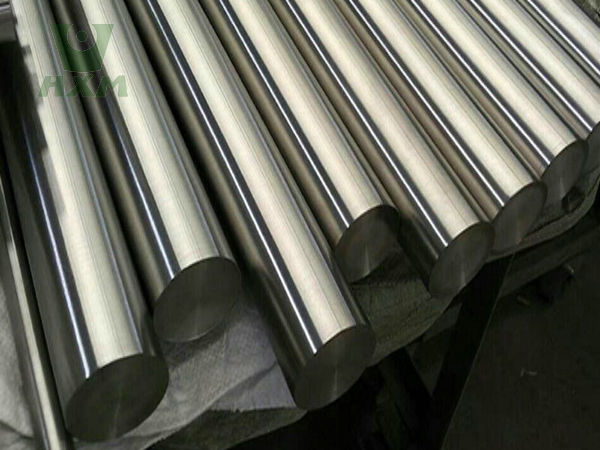
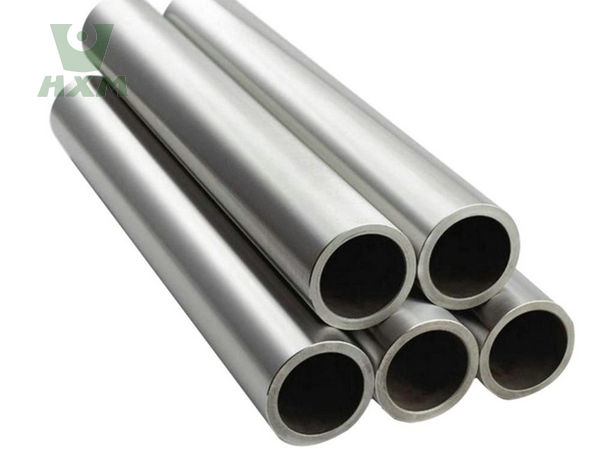
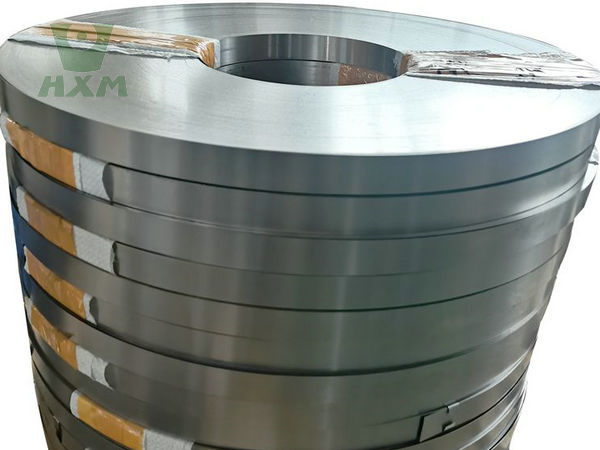
It’s important to note that the chemical composition may vary slightly depending on the specific manufacturer and application requirements. Therefore, it’s always advisable to refer to the material certificate provided by the supplier for accurate chemical composition details. Additionally, both Nickel Alloy 625 and Inconel 625 are known for their high-performance characteristics, including high strength, excellent corrosion resistance, and good weldability, making them suitable for various demanding applications such as marine, nuclear, and chemical processing industries.
Mechanical Properties
Both alloys exhibit the same mechanical properties due to their identical composition:
| Property | Value |
|---|---|
| Tensile Strength | 830–1030 MPa (120–150 ksi) |
| Yield Strength | 410–690 MPa (60–100 ksi) |
| Elongation | 30–45% |
| Hardness (Rockwell B) | 90–120 HRB |
| Density | 8.44 g/cm³ (0.305 lb/in³) |
| Melting Point | 1290–1350°C (2350–2460°F) |
Corrosion Resistance
Both materials exhibit excellent corrosion resistance due to their high nickel and chromium content:
Oxidizing Environments: High chromium content provides resistance to oxidation and scaling at high temperatures.
Reducing Environments: Molybdenum and niobium enhance resistance to pitting and crevice corrosion.
Stress Corrosion Cracking (SCC): Both alloys are resistant to SCC in chloride and sulfide environments.
Inconel 625 Advantages and Limitations
Inconel 625 offers a unique combination of high strength, corrosion resistance, and good weldability, making it a valuable material for a wide range of demanding applications. However, its cost, density, susceptibility to creep at high temperatures, sensitivity to processing conditions, and potential supply chain constraints are factors that need to be considered when evaluating its suitability for a particular application.Huaxiao Metal Manufacturer is professional and experienced in China, our company has over 10 years in alloy industry, which we are reliable and creditable, and our products are good quality in producing carefully to control quality. Service are personalized for every customer and providing the customerized solutions for the any problems. Welcome to ask for the lastest price about alloy products.
Advantages:
- High Strength and Temperature Resistance:
- Inconel 625 possesses high strength properties and is resistant to elevated temperatures. This makes it suitable for applications where high mechanical stress and temperature extremes are present, such as in aerospace, nuclear, and marine environments.
- Excellent Corrosion Resistance:
- The alloy exhibits remarkable corrosion resistance, particularly in chloride-containing environments, inorganic acids, alkalis, and organic acids. It is highly resistant to seawater and salt solutions, making it an ideal choice for marine applications and chemical processing industries.
- Good Weldability:
- Inconel 625 has good weldability, allowing it to be easily joined using various welding techniques. This makes it a versatile material for constructing complex structures and components.
- Oxidation Resistance:
- The alloy demonstrates good resistance to oxidation, which is crucial for maintaining material integrity and performance in high-temperature applications.
- Fabricability:
- Inconel 625 can be easily formed, machined, and fabricated into various shapes and sizes, making it a versatile material for a wide range of applications. Inconel alloy is very useful in lifes and industries in processing the various instruments and containers conveniently.
Limitations:
- Cost:
- Inconel 625 is a relatively expensive alloy due to its high nickel and chromium content, as well as the specialized processing required to produce it. This can be a limiting factor for some applications where cost is a critical consideration.
- Density and Weight:
- The alloy has a relatively high density, which can result in increased weight for larger components. This can be a disadvantage in applications where weight reduction is important, such as in aerospace and automotive industries.
- Susceptibility to Creep at High Temperatures:
- While Inconel 625 is resistant to high temperatures, it can be susceptible to creep deformation at elevated temperatures over extended periods. This can affect the long-term durability and performance of components in some applications.
- Sensitivity to Processing Conditions:
- The alloy’s properties can be sensitive to processing conditions, such as welding and heat treatment. Improper processing can lead to changes in the microstructure and properties of the material, potentially compromising its performance.
- Limited Availability and Supply Chain Constraints:
- The production and supply of Inconel 625 can be subject to constraints, particularly during times of high demand or material shortages. This can impact the availability and timely delivery of the alloy for some applications.
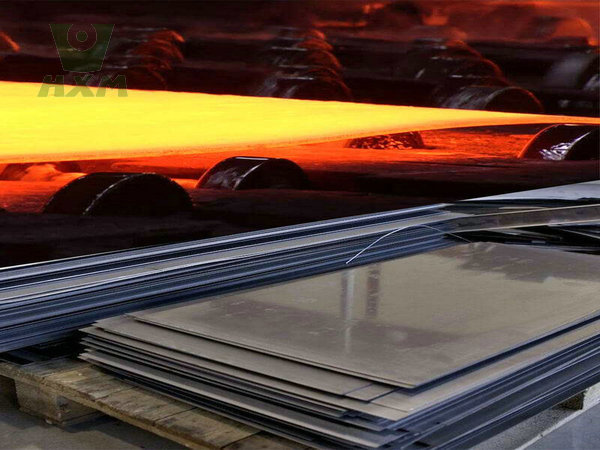
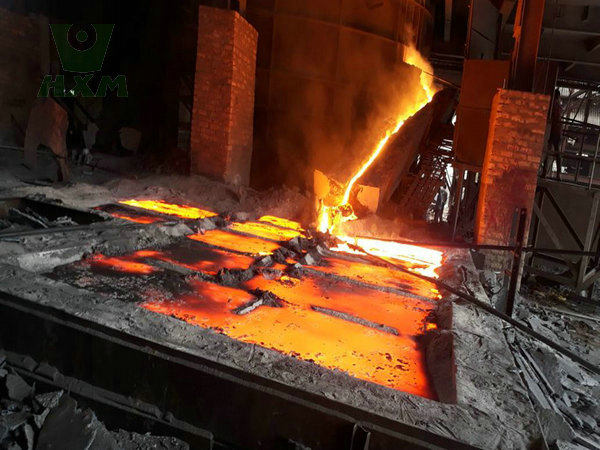
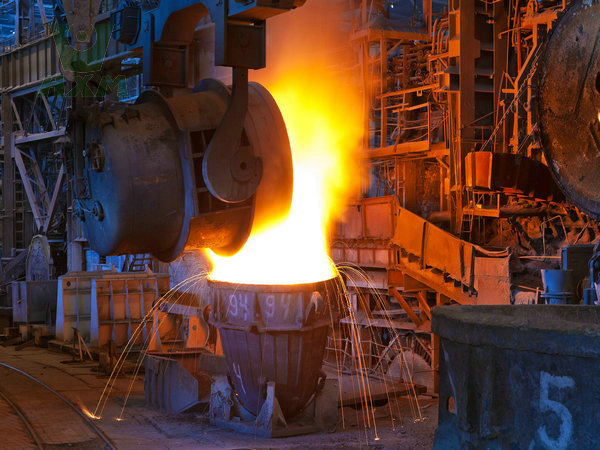
Fabrication Machining Characteristics
Both materials share the same fabrication challenges and techniques:
Welding: TIG, MIG, and plasma arc welding are commonly used. Post-weld heat treatment is often required to relieve stresses.
Machining: Requires carbide or ceramic tools, slow speeds, and high feed rates. Coolants are essential to prevent overheating.
Forming: Can be cold or hot formed, but hot forming is preferred for complex shapes.
Heat Treatment: Solution annealing at 1095–1205°C (2000–2200°F) followed by rapid cooling is standard.
Similarities
Chemical Composition: Identical.
Mechanical Properties: Identical.
Corrosion Resistance: Identical.
Applications: Used interchangeably in the same industries.
Fabrication: Similar techniques and challenges.
Differences
| Aspect | Nickel Alloy 625 | Inconel 625 |
|---|---|---|
| Branding | Generic term used by multiple manufacturers. | Trademarked name by Special Metals Corporation. |
| Quality Control | May vary depending on the manufacturer. | Strict quality control under the Inconel brand. |
| Market Perception | Often perceived as a cost-effective alternative. | Perceived as a premium product due to brand reputation. |
| Availability | Widely available from various suppliers. | Primarily supplied by Special Metals and licensed distributors. |
Nickel Alloy 625 and Inconel 625 Applications
Both Nickel Alloy 625 and Inconel 625 are used in demanding applications, including:
Aerospace: Engine components, exhaust systems, and rocket motors.
Oil and Gas: Downhole tools, valves, and wellhead components.
Power Generation: Gas turbines, nuclear reactors, and heat exchangers.
Chemical Processing: Reactors, pumps, and piping systems.
Marine Engineering: Propeller blades, submarine components, and seawater piping.
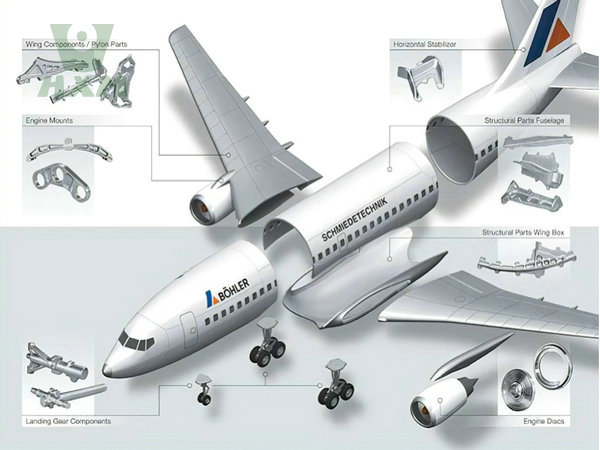


In Conclusion
Nickel Alloy 625 and Inconel 625 are functionally identical in terms of chemical composition, mechanical properties, and performance. The primary differences lie in branding, quality control, and market perception. While Nickel Alloy 625 is a generic term used by multiple manufacturers, Inconel 625 is a trademarked product known for its stringent quality standards. Both alloys are highly valued for their strength, corrosion resistance, and versatility in extreme environments, making them indispensable in industries such as aerospace, oil and gas, and power generation.
Huaxiao Metal Supplier has the complete system for customers to services for sale, which our company is professional alloy top of manufacturer in China. If you have any questions , welcome to inquiry to our company. We have the professional team for you offer the complete solutions, I am convienced that your questions will be well sloved by our experts, which you can consult my staff customer service for any questions about alloys for free, and we will be happy to answer and provide you with various customized solutions for.

